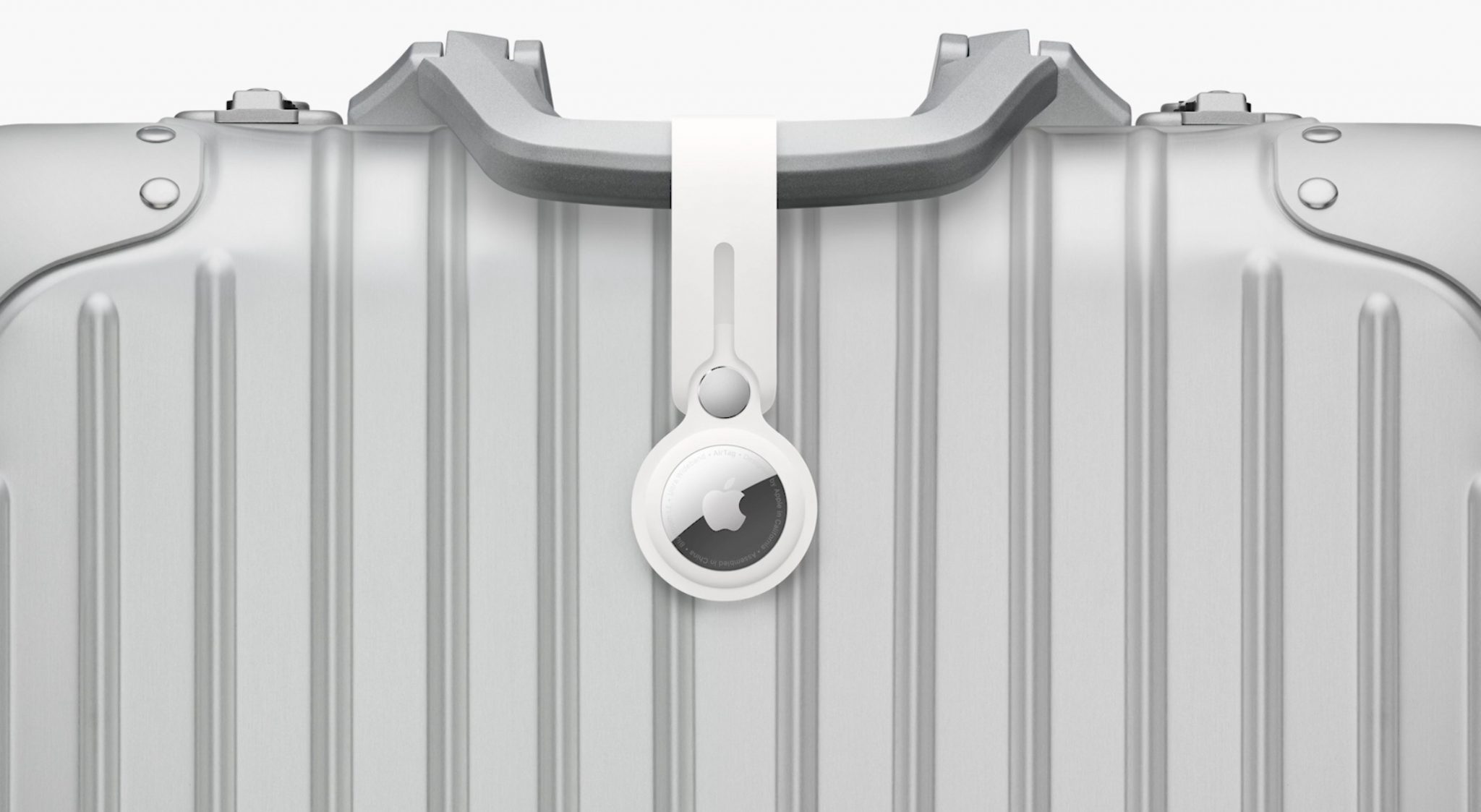
After almost two years of wait, Apple has officially introduced its AirTag at its ‘Spring Loaded’ event today. The Tile-like object tracker from Apple has been long-rumored, and the company officially took wraps off the device today.
AirTag is a simple object tracker from Apple that attaches to things, such as bags, purses, keys, and wallets, and lets you track those objects via the Find My app on your iPhone. AirTag connects to your iPhone via Bluetooth and utilizes the ultra-wideband chip to accurately determine the location of an object.
AirTag Features and Design

Once you connect your AirTag to your iPhone, they’ll automatically be added to your Apple account and will be available to track on all of your Apple devices like Mac, iPad, and Apple Watch. Design-wise, AirTag doesn’t flaunt anything fancy. It’s a simple-looking circular disc with nothing, absolutely nothing but plain white plastic in the front, and an Apple logo in the back. The front can be customized by adding an emoji.
AirTag, in itself, does not have any adhesive to attach to the object, instead, they rely on accessories like the strap holder, and key chains to attach to things. Although it isn’t necessary to use the accessories, you can even drop an AirTag inside your bag, luggage, or wallet to keep a track of them.
Once you pair an AirTag to your Apple account, you give it a name via the setup screen — which would make it easier for you to keep a track of which AirTag tracks which object — and that’s it. Once added, you’ll start seeing the location of the AirTags on the Find My app, under the “Items” section, on your iPhone, or Mac.
Within its setting, you can add a minimum distance alert which will send a notification to your iPhone, cautioning you that an object has crossed a certain distance. This can come in handy with things like wallets, and purses, especially in a public place.
AirTag Price

AirTag starts at the price tag of $29, and a four-family pack would cost $99. It is available to order starting 23rd April.